Correct operation of the climatic equipment assumes that the air in the system will circulate freely. If the passage of air masses is disrupted, and the air conditioner loses power, most likely the fine filters are clogged.
Types of filtration in the air conditioner
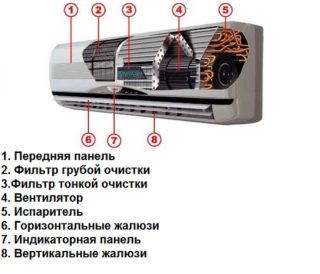
There are two types of filters in household air conditioners:
- Rough cleaning. They are located directly under the bezel. Material - plastic or metal. In cheap models, the mesh is flat. In expensive ones, it is voluminous, which allows you to catch more debris and dust, without letting them pass to thin filters. The air flows through the louvered grille more freely, even with heavy pollution. The service life is unlimited, since the material is durable and protected by the panel.
- Fine cleaning - bacterial, ultraviolet, electrostatic, adsorbing, plasma filters, photocatalytic.
In terms of effectiveness, the cleaning elements are distributed as follows:
- Coarse cleaning - the bulk of the dust settles on them.
- Electrostatic and Plasma. Collect dust smaller than 2 microns, imparting a negative charge to the particles. The service life is not limited.
- Other. Efficiency is questionable, since most often manufacturers attribute a non-existent impact to them in order to increase sales of budget models. An example is a vitamin C filter. This vitamin is ingested, but not obtained from the air.
When choosing an air conditioner, you should look at its reliability, performance and noise characteristics. The mesh and fine filters must be regularly looked after, as well as the insides of the air conditioner.
Changing the filter in the air conditioner will not help if the fan, heat exchanger and drainage systems are left dirty.
Why clean your filters
Air conditioners are an excellent breeding ground for a huge number of harmful microorganisms. Dust, particles of epithelium, soot accumulate in the internal block. With the flow of air, they are carried around the room and cause various diseases - most often - of the respiratory system. The most dangerous are legionella, which can cause pneumonia.
The most famous fatal case occurred in Philadelphia at the convention of the war participants. People lived in an air-conditioned hotel, in the ventilation fluid of which bacteria multiplied. 34 people died of pneumonia.
You should urgently consult a doctor if the disease began in the summer, and the person was in a room with a working split system.
If an air conditioner that has not been cleaned for a long time is disassembled, you can see dirt like moss on the impeller. An unpleasant smell comes from it and microbes and fungus actively multiply there.
The statistics are sad: a third of those with pneumonia do not survive. People with weak immunity who smoke are especially at risk.
- The air discharged from the indoor unit will stop smelling specifically.
- Harmful microbes and allergens inside will be destroyed.
- The system will become quieter.
- Condensation will stop dripping inside the room.
How to clean an air conditioner
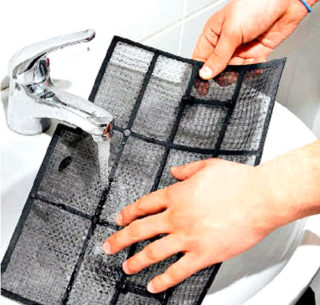
In summer, the procedure is performed once a month or more often. Cleaning the air conditioner filter takes no more than 10 minutes with a reverse installation. You only need to try to do it yourself once and see the accumulation of dirt on the filter. Next, there will be a desire to take care of the equipment in order to prevent contamination. General cleaning of the indoor and outdoor units is done once a year. She is trusted by professional craftsmen from the service.
- Before cleaning your home air conditioner, you should clean the outdoor unit. Dust and cobwebs on the heat exchanger put additional stress on the appliance, causing overheating and burnout.
- Blow out the drainage tube as well. When it clogs up, from the insidewater starts dripping from the air conditioner... In some structures, it is impossible to get to the drainage without the help of a specialist.
- Open the top cover of the indoor unit of the air conditioner by gently pulling it forward and up.
- Remove the filter: take it by the lower ends and lift it out of the grooves.
- Thoroughly and gently rinse the filter under running water at room temperature (hot water can cause it to bend). You can use non-aggressive detergents, as there may be grease particles on the mesh.
- Inspect the interior of the air conditioner for dirt or dust. To clean the fan drum with your own hands, you can use household chemicals for the kitchen. After processing the surface, you need to leave it for ten minutes, after which, using a match with a cotton swab, remove the dirt between the blades. Spray all surfaces with a room spray of water, washing away the dirt. Oxygen bleach can be used to clean the heat exchanger in the indoor unit.
- Install the washed filter after complete drying. It traps particles harmful to the body and prevents them from entering the inner parts of the air conditioner. The more dust settles on the heat exchanger, the lower the efficiency of the device.
- Treat the filter and the internal parts of the radiator with an antiseptic, and then set the air conditioner to cold air.
The service life of a fine filter is indicated in the instructions if it comes with the device as standard. If the filter has worked out its time, it is replaced with a new one.
When to change the fine filter
Some filters do not need to be changed, only periodically cleaned. Their service life is equal to the service life of the air conditioner.

For information:
- charcoal filters are changed every 4 to 5 months;
- zeolite - once every 5 years;
- plasma ones have an unlimited life;
- electrostatic from paper - once every 4 months, from a more resistant material they work indefinitely;
- photocatalytic are limited by the life of the UV lamp;
- antibacterial with various natural fillers - no longer than 4 months.
The more filters in the air conditioner, the more expensive it is to maintain. In order to periodically change the cleaning elements, they invite craftsmen who know exactly the location of parts in a particular device model and will quickly replace them with original spare parts.

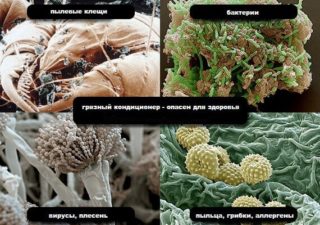
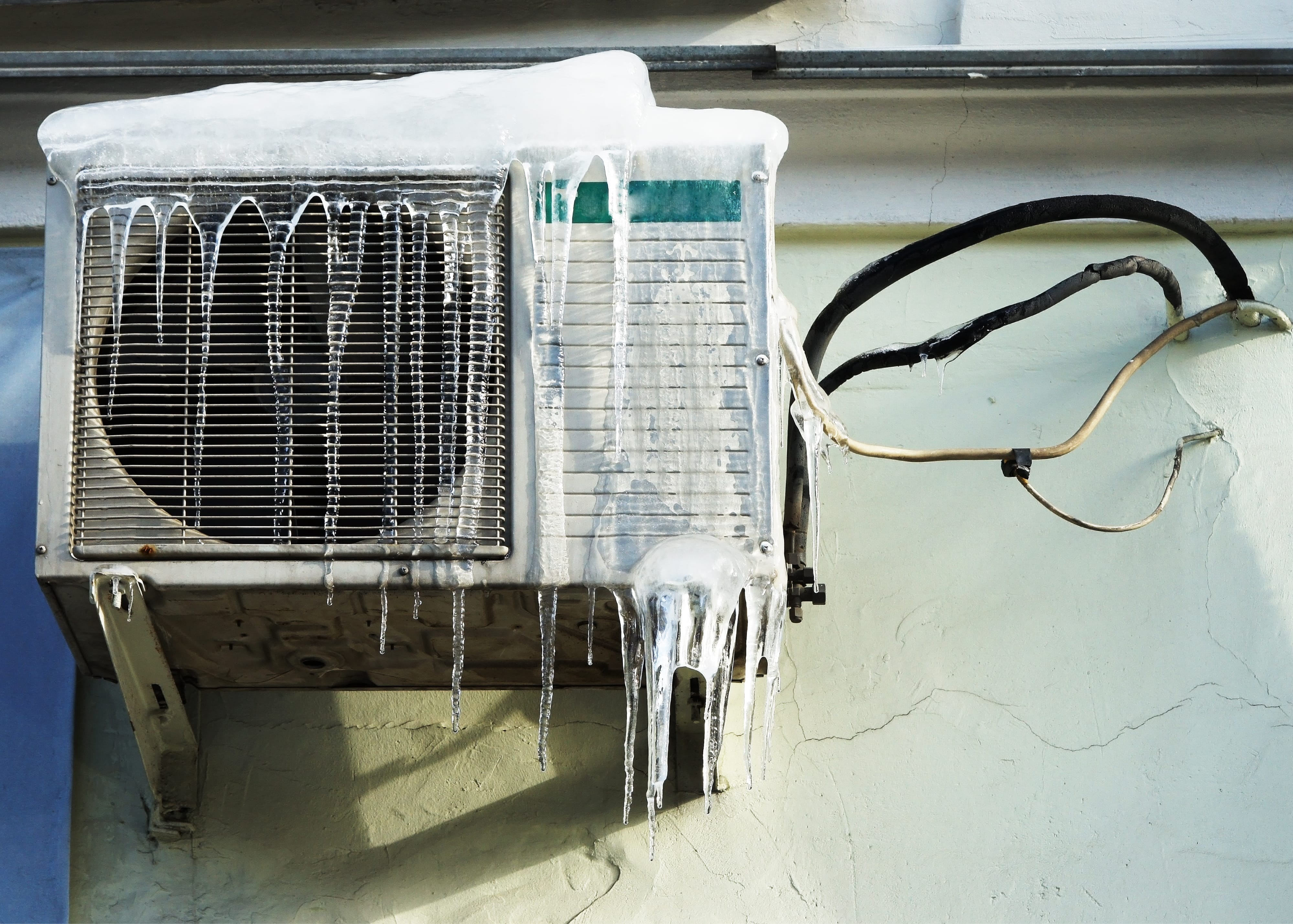
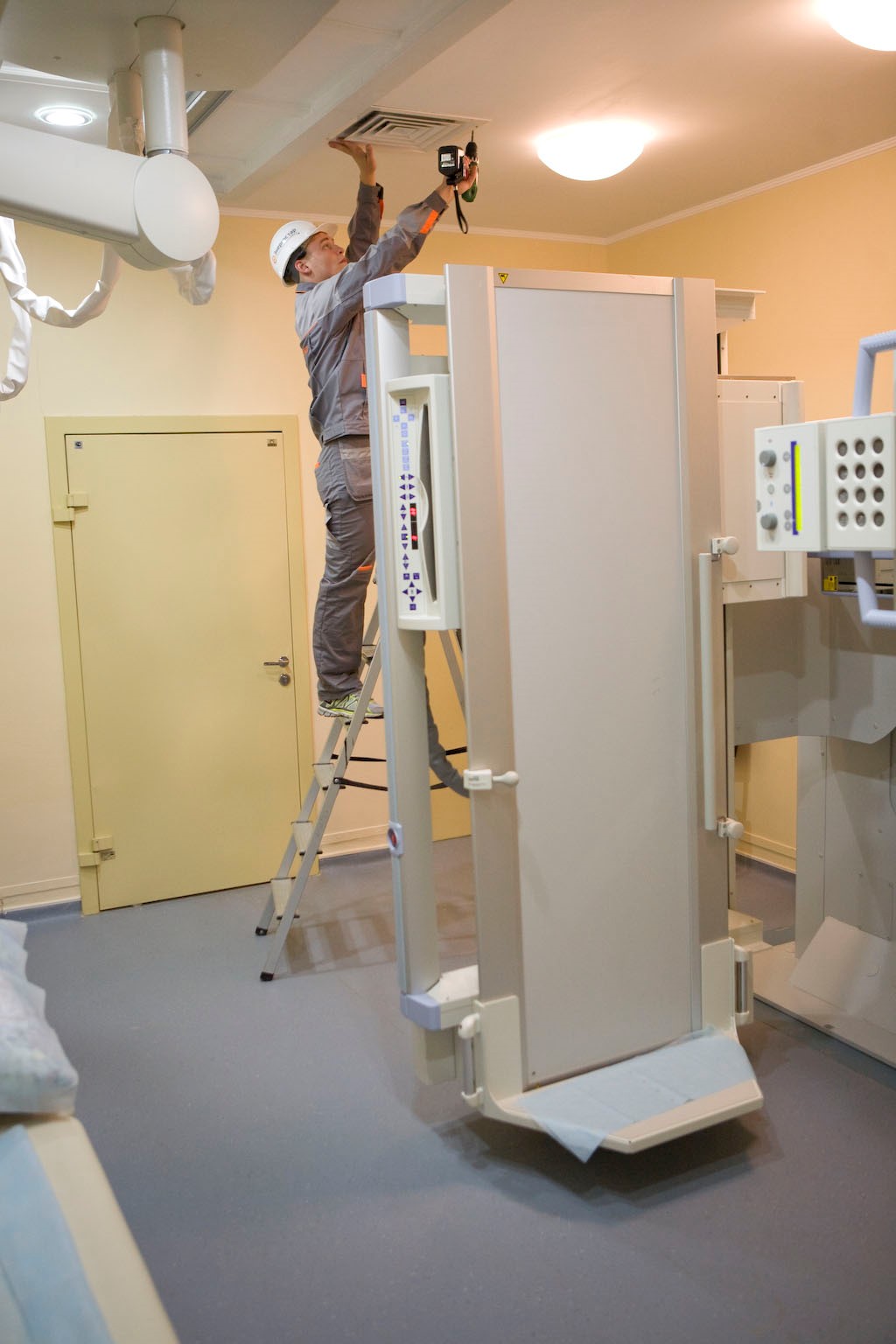
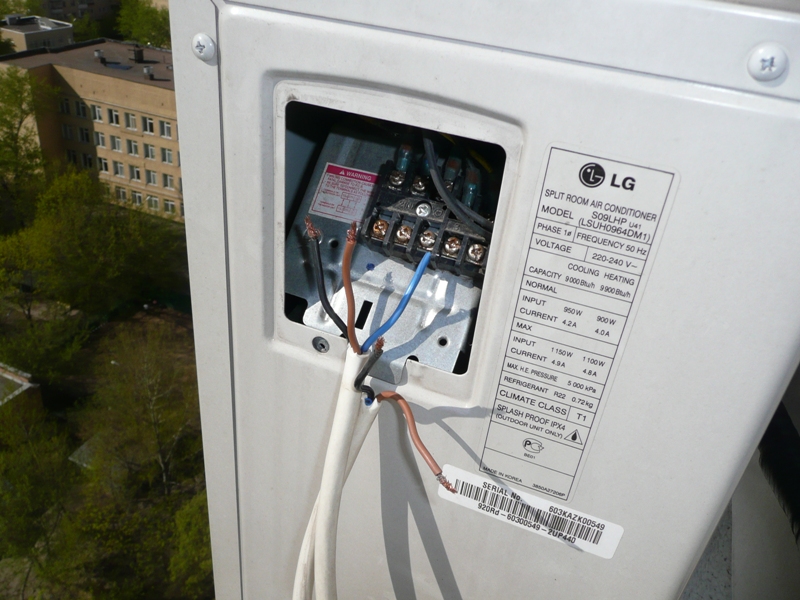
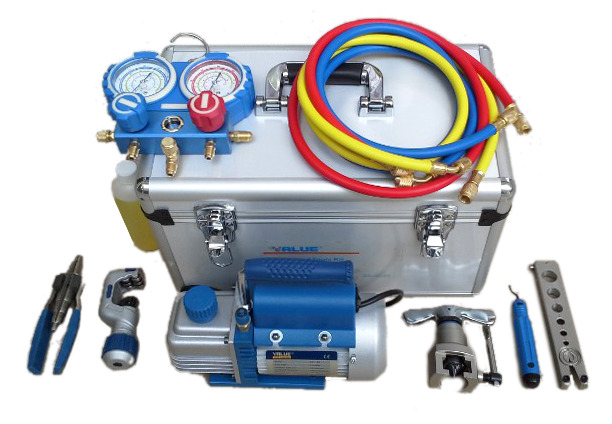
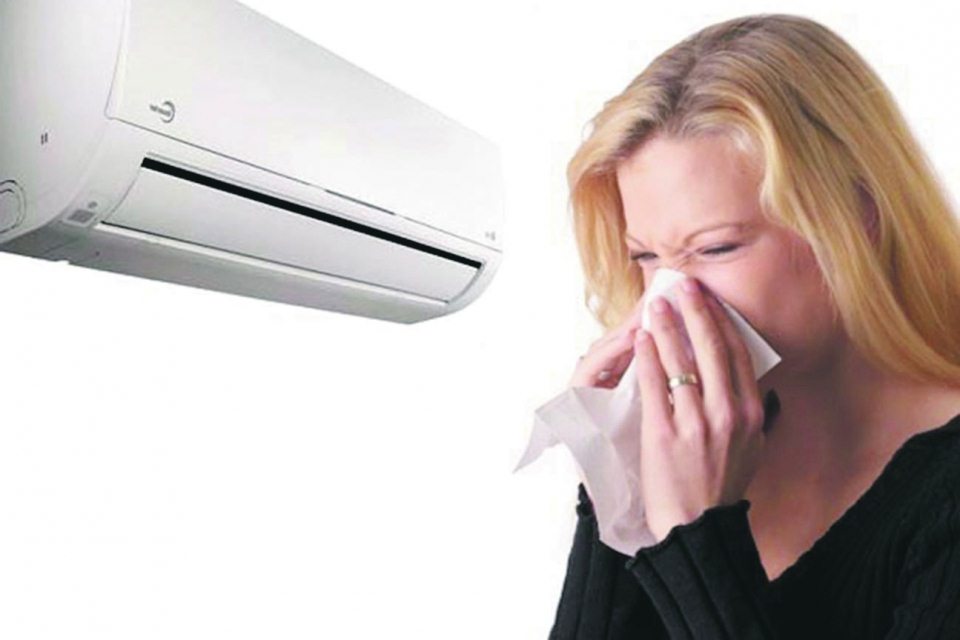
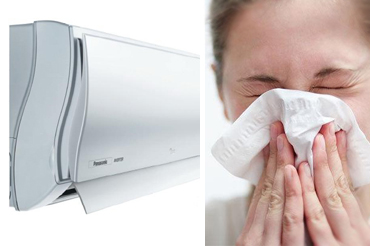
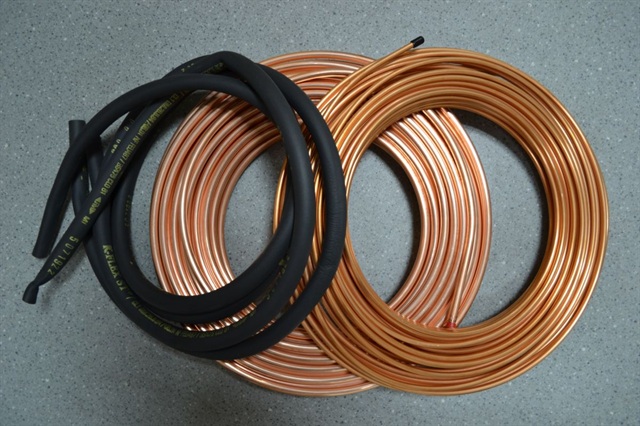
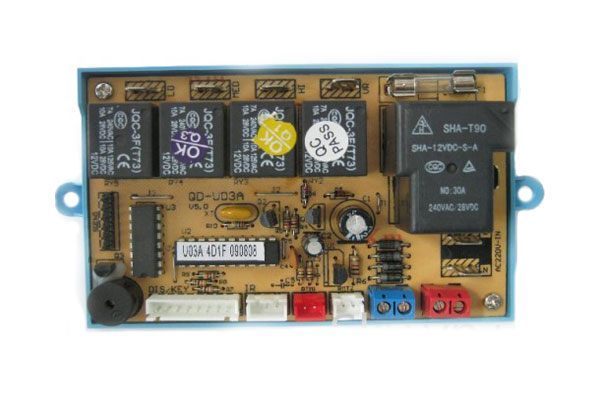
Of course, everything is well written, but poking around with matches between the blades is the last century, the same as pulling out a tooth by tying it to the door with a thread. I recommend using modern cleaning agents such as MAGIC POWER - it cleans well and costs acceptable.
Hello Konstantin!
Thanks for your comment, we hope the readers will take this into account and take advantage of this advice!
Best regards, Valery.